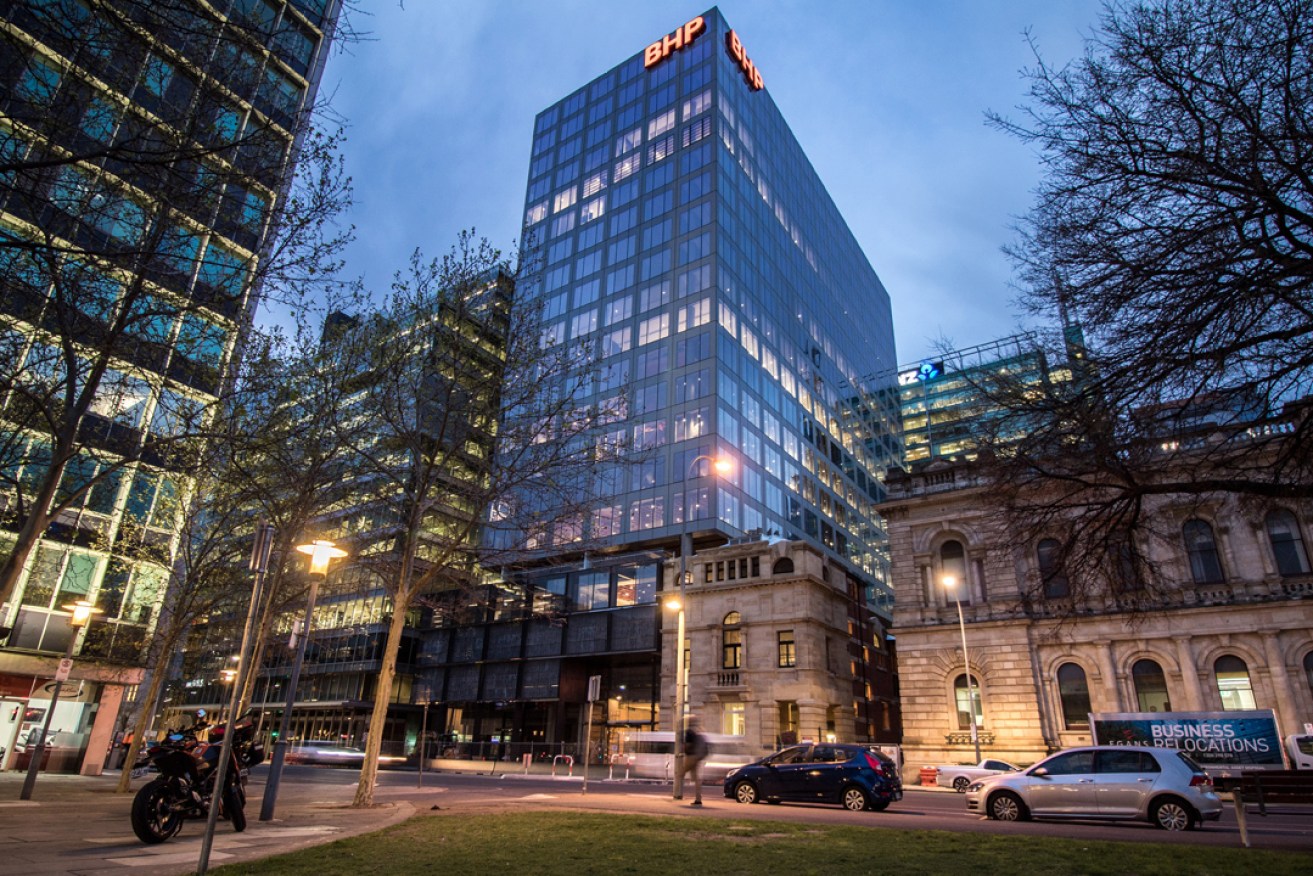Adelaide office vacancy reprieve until 2021
The full impact of the coronavirus pandemic likely won’t be felt by Adelaide’s office market until next year as vacancy rates remain relatively stable.


Charter Hall's GPO redevelopment is among the prime Adelaide office space.
The Adelaide CBD office market vacancy increased slightly from 14.0 to 14.2 per cent in the six months to July, which the Property Council said was mainly due to supply additions, while negative demand drove an increase in Adelaide City fringe vacancy from 14.2 to 14.4 per cent.
National CBD office vacancies increased from 8.3 to 9.5 per cent over the six months.
Office vacancies are calculated on whether a lease is in place for office space, not whether the tenant’s employees are occupying the space or working from home.
Property Council SA executive director Daniel Gannon said upward pressure on vacancy rates caused by COVID-19 would not be seen until at least 2021.
“At the moment, the occupancy in the Adelaide CBD is upward of 70 per cent, which means a lot of workers have returned to the office,” Gannon told InDaily.
“While the commercial code of conduct is in place, at this stage, until the end of September, lease arrangements between landlords and tenants won’t change, which means there will be, in all likelihood, no change on vacancy rates until the start of next year and beyond.
“Where the economy is headed is anyone’s guess and, as a result, the vacancy numbers we’ve released don’t yet account for any possible trend that might take root.”
According to the bi-annual market report, the city had 11,530sqm of new commercial office space come online between January and June 2020, while 1,782sqm was withdrawn.
A-Grade office stock was the most popular asset class, with vacancy dropping from 11.3 to 10.8 per cent, while the second most popular was D-Grade, which fell from 13.9 to 12.7 per cent.
Vacancy in B-Grade increased from 14.8 per cent to 16.6 per cent, due to 9,730sqm of supply additions.
Gannon said 15,586sqm of space was due to come online at the end of the year with a surge of properties – 80,946sqm – expected from 2022.
“With an influx of new stock into the market the vacancy rate is due to increase, along with a flight to better accommodation to tenants,” Gannon said.
“We should never complain about new stock coming into the market because it does improve the amenity of the CBD. What we need to do is come up with solutions for the lower grade stock that have higher vacancies rate.
“A number of these policy options in the past have included adaptively reusing this decrepit, aged commercial stock and turning it into residential offerings.
“In a post-COVID environment, it’s anyone’s guess as to where that policy conversation heads and how we treat lower quality, high vacancy commercial stock in CBDs.”
While vacancy rates are expected to increase in 2021, AMP Capital head of research Luke Dixon said the office market was not “over”.
“It is going through a period of transition and that transition will have permanent implications, but they are potentially quite positive,” Dixon said.
“The office markets have always, historically, experienced sharper recovery swings than their retail and industrial peers.
“Office down turns typically only last 12 to 18 months before you see a recovery, and I would define recovery as rental growth and falling vacancies starting to emerge back in the market.”
Dixon said he expected Adelaide’s office market to recover faster than Melbourne and Sydney, predicting confidence would be boosted once a COVID-19 vaccine was widely available.
“Vaccinations … will boost employee confidence and they will give employers more encouragement to bring people back to the workplace, as long as they adopt better conditions and healthier conditions, positionally in smaller workplaces,” Dixon said.
“Office, as a global investment class though, is still the number one most sought after asset class by global capital. So, unlike the GFC, where we saw an evaporation of capital and also debt into the retail market, there is still ample capital for those looking for a home in the commercial real estate market.
“It is cautious, however, and we will see that caution will be embedded for the next 12 months.”
Want to comment?
Send us an email, making it clear which story you’re commenting on and including your full name (required for publication) and phone number (only for verification purposes). Please put “Reader views” in the subject.
We’ll publish the best comments in a regular “Reader Views” post. Your comments can be brief, or we can accept up to 350 words, or thereabouts.




